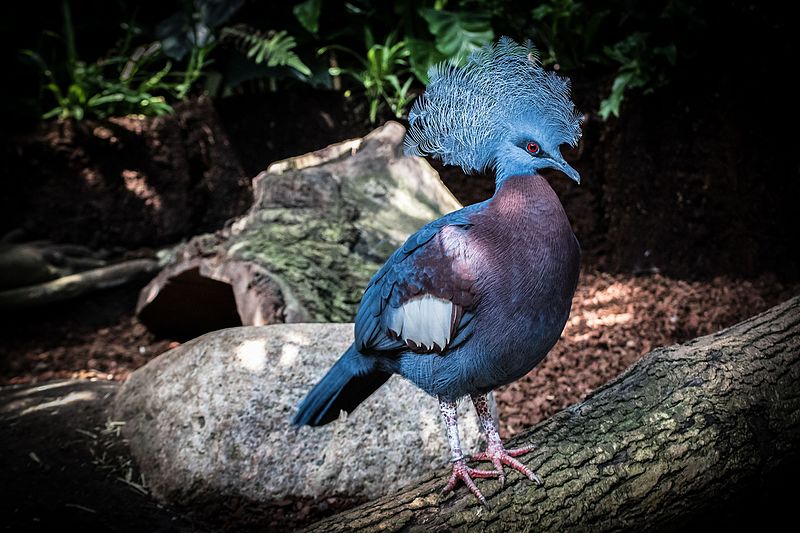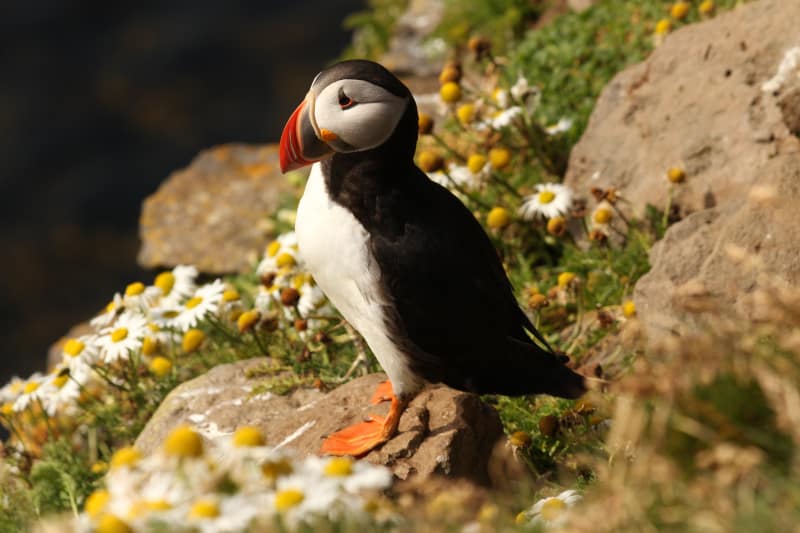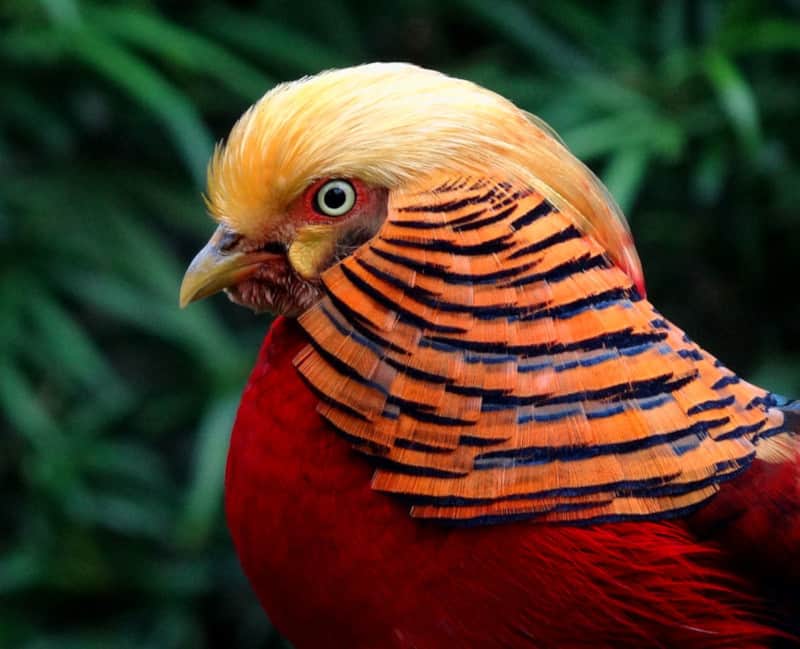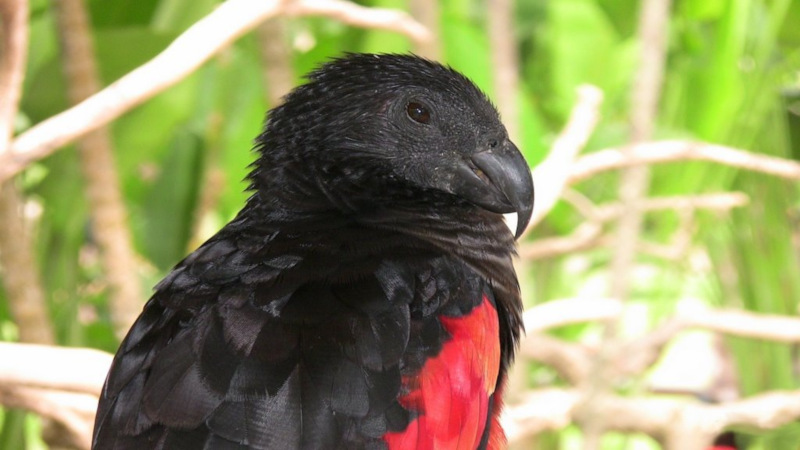
Victoria Crowned Pigeon Facts
- Most impressively, the truly awesome Victoria Crowned Pigeon ranks as the largest known type of pigeon in the world. This remarkable avian also represents one of only four unique, and also comparatively quite large, species of pigeon in its genus.
- Within the scientific community, the animal holds a much different title, though. Thankfully, that’s a significantly simpler term for the layperson to pronounce than most such names. That’s because the bird holds the technical moniker of Goura victoria.
- The truly distinctive creature also happens to share a relatively unusual trait with the other members of its genus. That’s because, like them, this fascinating and amazing variety of pigeon actually spends the great majority of its life on the ground.
- Individuals of this species will, however, take flight if sufficiently disturbed. But, that flight typically only extends as far as the nearest tree canopy. There, the fascinating animal usually just takes shelter for as long as necessary, often making raucous noises.
- The Victoria Crowned Pigeon now faces the threat of extinction. This occurs primarily due to a combination of habitat loss and hunting. Its population now numbers fewer than 20,000 individuals, thus the IUCN now lists the animal as Near Threatened.
Related Articles




Victoria Crowned Pigeon Physical Description
The dazzling Victoria Crowned Pigeon almost instantly captures the attention and imagination of those who view it. Yet it doesn’t simply do so due to one characteristic. That’s true since, unlike many birds, it stands out because of both its appearance and size.
This is true given the fact that this wonder of Nature and evolution truly forms a giant of its kind. That’s because this breathtaking bird averages a remarkable body length equaling about 30 in (75 cm). This also holds true for individuals of both male and female.
Exceptional individuals do nevertheless occur, though. This happens regardless of the sex of the specimen. In length, these outstanding examples sometimes reach 31 in (80 cm) in length. These individuals also weigh as much as 7.7 lb (3.5 kg).
Yet its sheer size isn’t the only remarkable trait of the Victoria Crowned Pigeon. Quite uniquely, it also boasts a gorgeous feather crest. This also typically presents a brilliant blue in color, with the ends of the feathers commonly being tipped in a bright white.
The body itself most often presents a deep gray-blue in color, and a small black mask-like feature also appears on the face. The wings display a lighter shade of blue, with conspicuous maroon colored tips. In all ways, the bird displays no noticeable sexual dimorphism.
- Kingdom: Animalia
- Phylum: Chordata
- Class: Aves
- Order: Columbiformes
- Family: Columbidae
- Genus: Goura
- Species: G. victoria

Victoria Crowned Pigeon Distribution, Habitat, and Ecology
Like numerous other species, the magnificent Victoria Crowned Pigeon only inhabits a very limited area. In its case, that zone mainly consists of the northern sections of New Guinea, near Australia. However, it also inhabits a few small neighboring islands.
Even within this already limited range, this fabulous bird usually only appears in specific habitat types within the region. These mainly include areas of lowlands and swamp forests, but the bird will also sometimes appear in regions of sago forests.
Interestingly, it also most commonly lives either near or at approximate sea level. Some individuals, though, will occasionally appear at altitudes of as much as 3,000 ft (914 m). These specimens, though, usually have only ventured to the area temporarily.
Much like its numerous related species around the world, the beautiful Victoria Crowned Pigeon evolved as a highly gregarious animal. Because of this, the bird rarely moves alone. Most often, it travels in small groups, at a slow pace, along the floor of the forest.
Although it primarily eats fruit, it also feeds on small invertebrates and seeds on occasion. Its favorite fruit consists of figs, though it will consume other fruit if readily available. Seeds and invertebrates it consumes opportunistically, with no noticeable preference.
Species Sharing Its Range



Tree Kangaroo
Check out our other articles on 7 Wondrous Wasps Worldwide, Hells Canyon, Giant Freshwater Prawn, Plumed midge-orchid, Onyx River, Australian Sea Lion, Loggerhead Sea Turtle









Leave a Reply